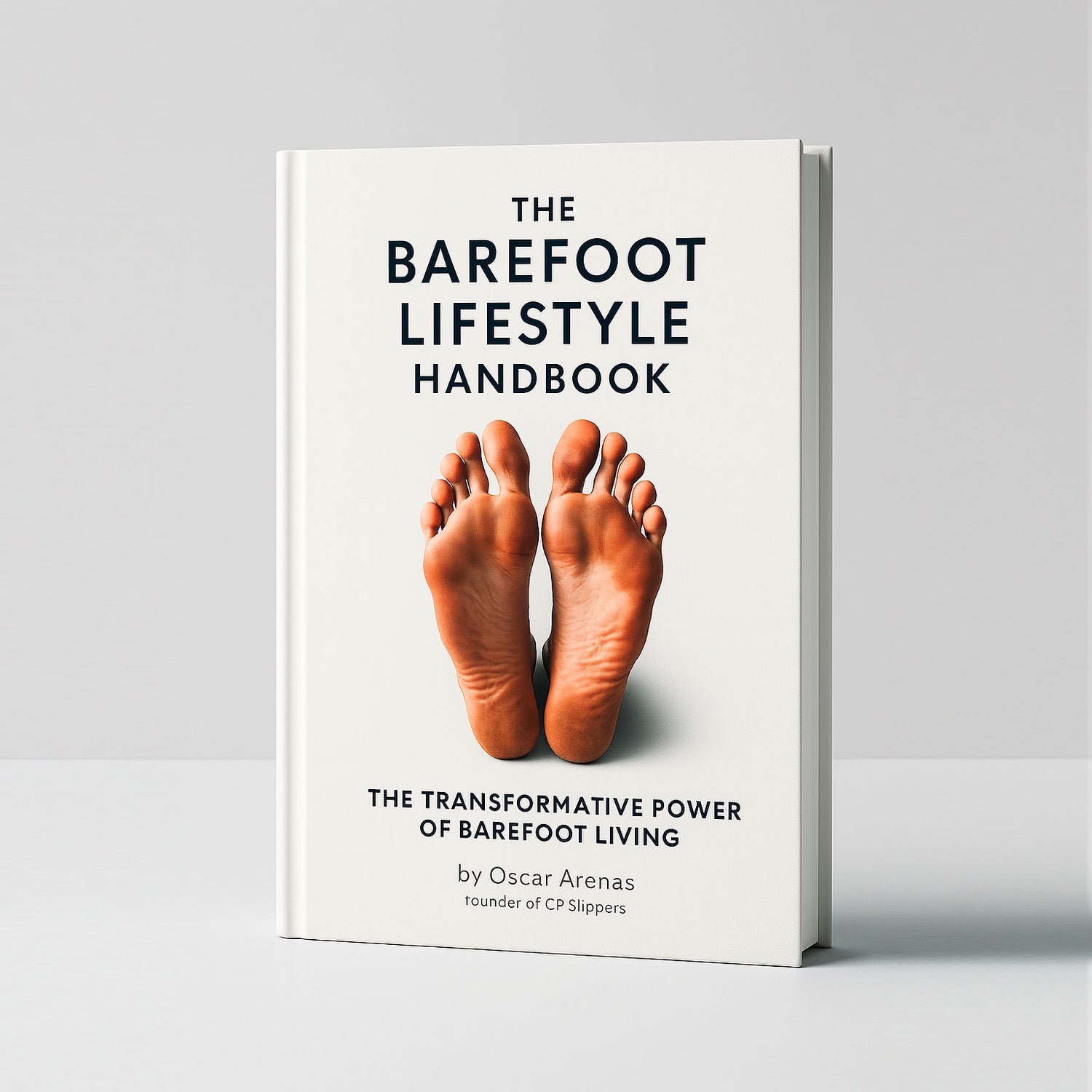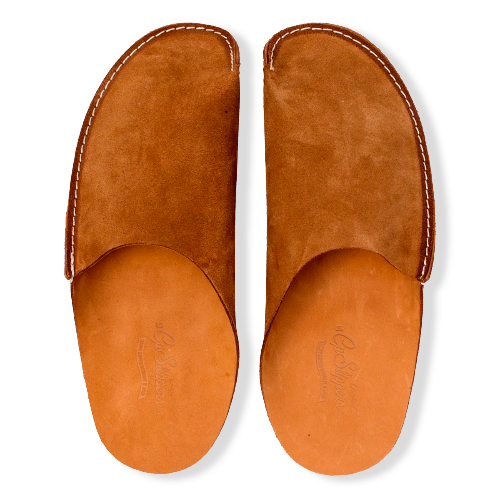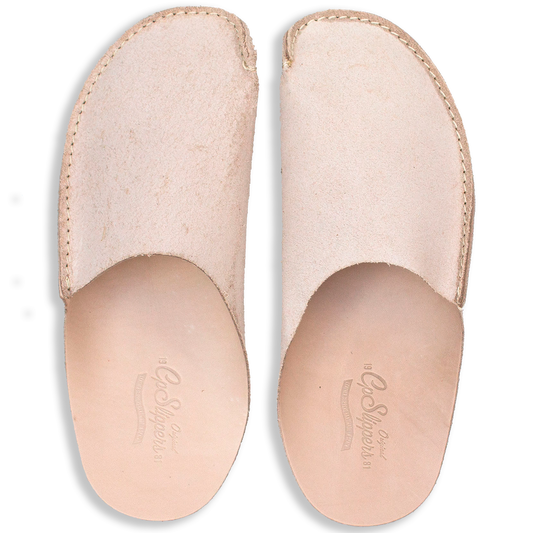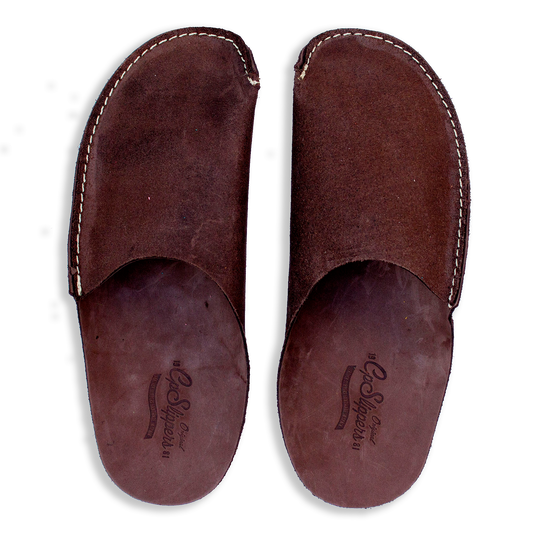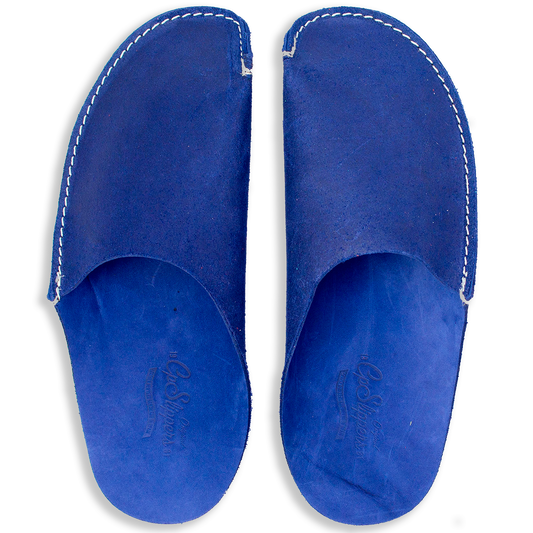What Is a Fabric Allergy?
“Fabric allergy” is a type of allergic contact dermatitis triggered by chemicals added during spinning, dyeing and finishing. The immune system misidentifies these substances as threats, causing redness, itching or eczema-like rashes hours after contact.
Top Textile Triggers
| Allergen | Where It’s Found | How to Avoid |
|---|---|---|
| Formaldehyde resins | Wrinkle-free shirts, water-repellent finishes | Wash before wear; choose “non-formaldehyde” labels |
| Disperse dyes | Dark synthetics (polyester, nylon) | Opt for light colours or natural fibres |
| Latex | Elastic waistbands & socks | Look for latex-free elastics or drawstrings |
| Nickel & metals | Zippers, snaps, belt buckles | Plastic zips or nickel-free hardware |
| Lanolin in wool | Unprocessed wool garments | Merino wool or fully scoured fibres |
Recognising the Symptoms
- Itchy red patches under collars, cuffs or elastic bands
- Small fluid-filled blisters or dry, scaly plaques
- Symptoms appearing 6–48 h after wearing a new garment
- Relief when switching to untreated natural fibres
Diagnosis & Patch Testing
If rashes persist, a dermatologist may run a patch test using panels of standard textile chemicals to pinpoint the culprit. Bring sample swatches or care-label info for best accuracy.
Hypoallergenic Fabric Options
1. Certified Organic Cotton
Grown without toxic pesticides or formaldehyde-based finishes, organic cotton offers soft breathability for sensitive skin.
2. Silk & TENCEL™
Protein-based silk and plant-based lyocell (TENCEL™) are smooth, temperature-regulating and rarely sensitising.
3. Bamboo Viscose (Oeko-Tex Standard 100)
Bamboo fibres processed in closed-loop systems minimise residual chemicals and feel cool against inflamed skin.
Laundry & Care Tips
- Pre-wash new clothes twice with fragrance-free detergent.
- Skip fabric softeners; they often contain quaternary ammonium compounds.
- Rinse cycles in warm water help flush out excess dyes.
- Line-dry outdoors for extra ventilation.
Textile Certifications to Trust
- GOTS (Global Organic Textile Standard): bans harmful chemicals and requires ≥ 70 % certified organic fibres.
- Oeko-Tex Standard 100: sets strict limits on formaldehyde (≤ 75 ppm for baby items; ≤ 300 ppm for décor).
- MadeSafe™ / Bluesign®: verify lower environmental and health impact across the supply chain.
Switch to Leather Comfort
Avoid textile allergens entirely by slipping into CP Slippers’ natural-leather footwear. Our vegetable-tanned leather contains no azo dyes or formaldehyde, offering barefoot-like comfort for allergy-prone feet.
FAQs
Is wool allergy common?
True immunological wool allergy is rare; reactions are usually to lanolin residues or coarse fibres.
Can I outgrow textile dermatitis?
Contact allergies tend to persist, but avoiding triggers and choosing safer fabrics usually keeps skin clear.
Do “wrinkle-free” shirts always contain formaldehyde?
Many still use formaldehyde resins; look for “non-iron (no formaldehyde)” labels or opt for organic cotton.
Liked this guide? Explore more skin-friendly living tips on our Journal and stay comfortable with CP Slippers.


